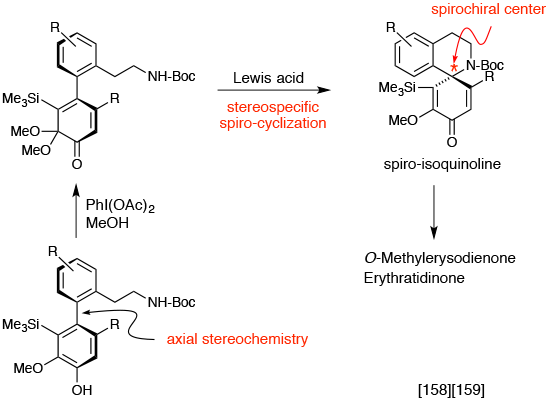Development of New Synthetic Method and Strategy
- Stereospecific 1,2-rearrangement
- Pinacol-type rearrangement
- Epoxy alcohol-aldol rearrangement
- Highly efficient glycosidation (metallocene method)
- Cyclopropane formation
- New efficient method for “benzyne” generation
- Cycloadditions of benzyne
- Aryl C-glycosidation reaction (O→C-glycoside rearrangement)
- Chemistry of strained molecules 1
- Double bond insertion (C=O)
- Double Bond insertion (C=C)
- Oxygene insertion (synthesis of phthalides)
- Chemistry of Strained molecules 2
- SN2′ reaction
- Synthesis of biphenyl derivatives ([4+2])
- Synthesis of cyclooctadiene derivatives ([4+2+2])
- Pinacol cyclization
- Group-selective hydroalumination
- Chemistry of flavonoids
- Enzyme-catalyzed reactions
- cyclohexanetriol
- axially chiral biaryl
- Carbometalation using zirconocene reagent
- Reductive Coupling of alkenes with allens
- Allylmetalation of alkynes
- Alkylmetalation of alkynes
- Cyclocondensation of stable benzonitrile oxides with 1,3-diketones
- Aldehyde–ketone benzoin cyclization
- Formation of spiroisoquinoline framework
Stereospecific 1,2-rearrangement
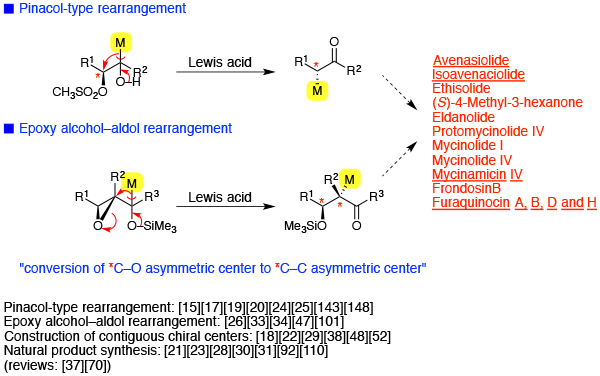
Highly efficient glycosidation (metallocene method)

Cyclopropane formation
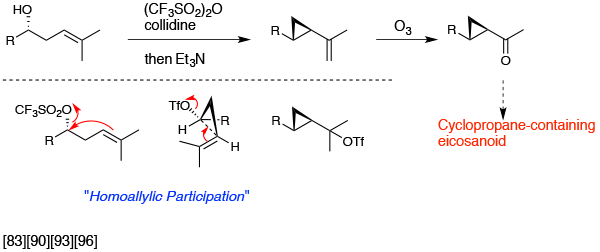
New efficient method for “benzyne

Cycloadditions of benzyne
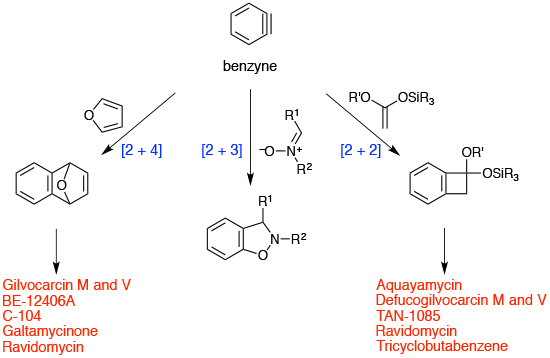
Aryl C-glycosidation reaction (O→C-glycoside rearrangement)
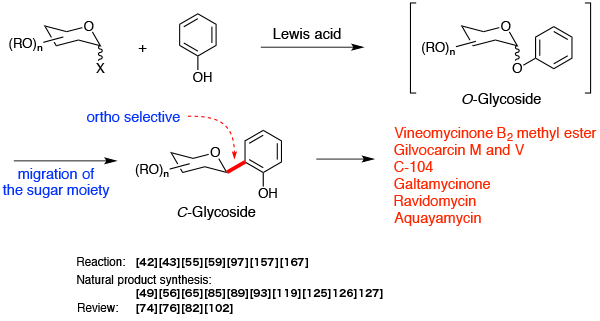
Chemistry of strained molecules 1
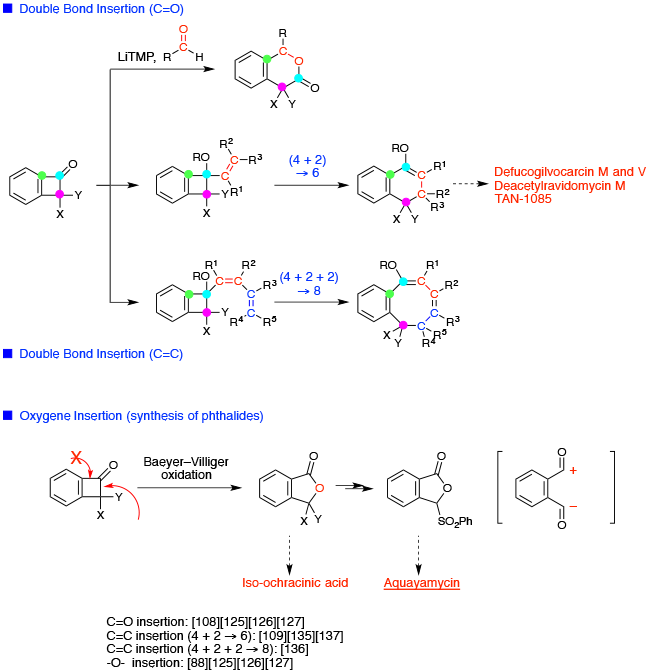
Chemistry of Strained molecules 2
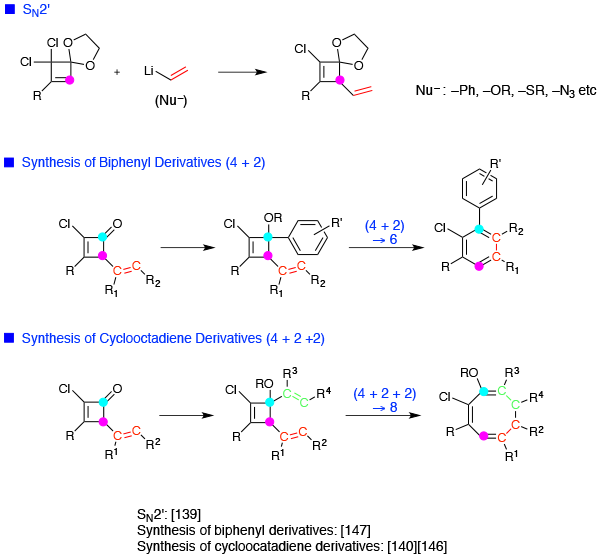
Pinacol cyclization<
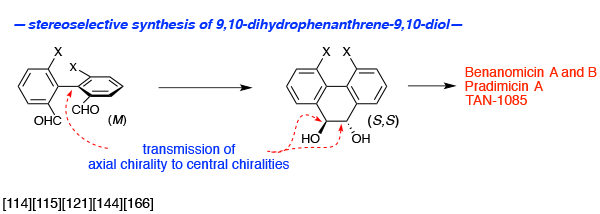
Group-selective hydroalumination
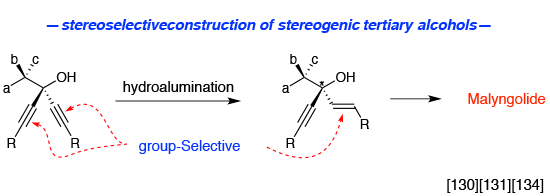
Chemistry of flavonoids
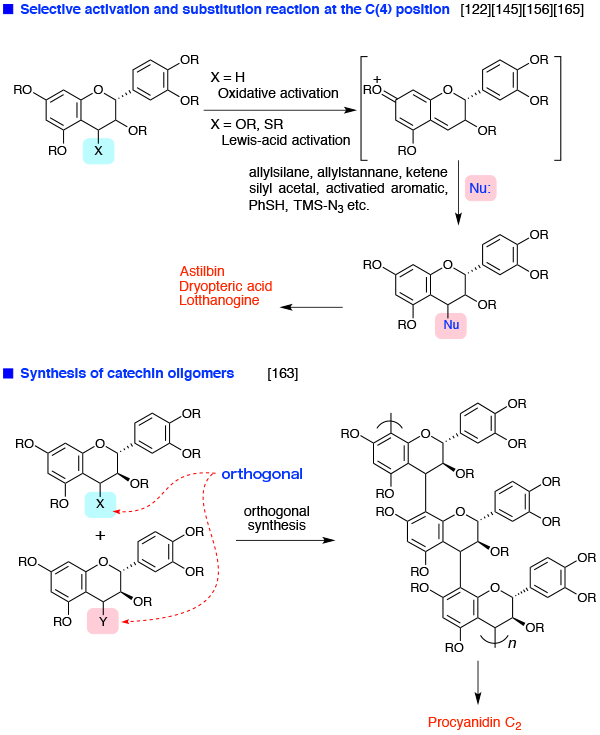
Enzyme-catalyzed reactions
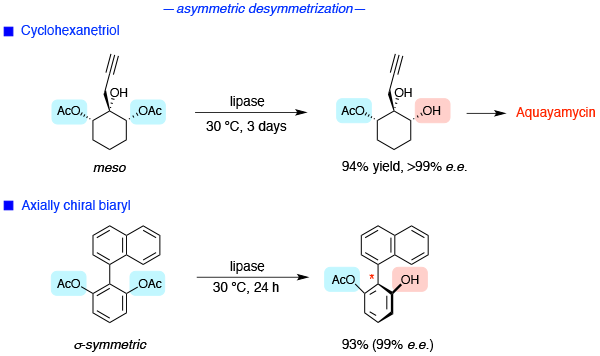
Carbometalation using zirconocene reagent
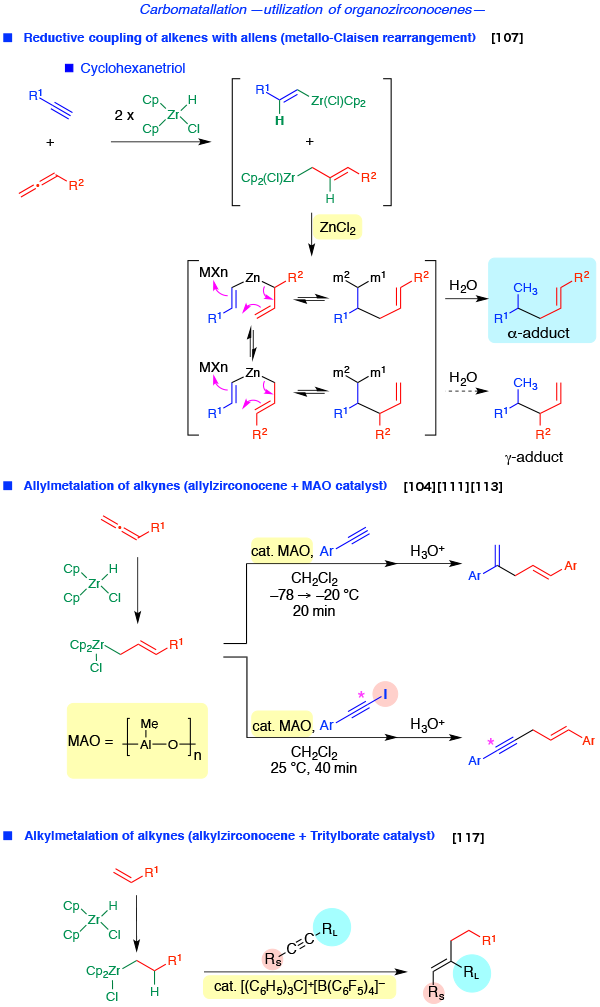
Cyclocondensation of stable benzonitrile oxides with 1,3-diketones
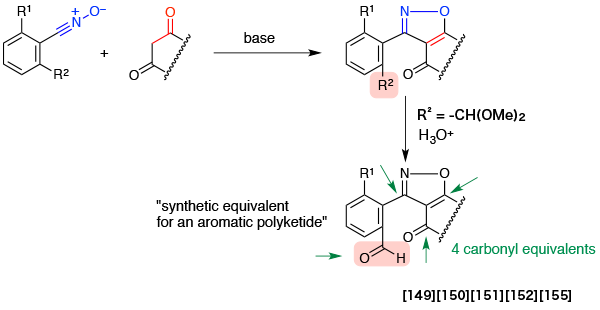
Aldehyde–ketone benzoin cyclization
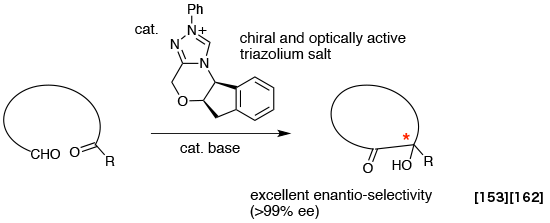
Formation of spiroisoquinoline framework
